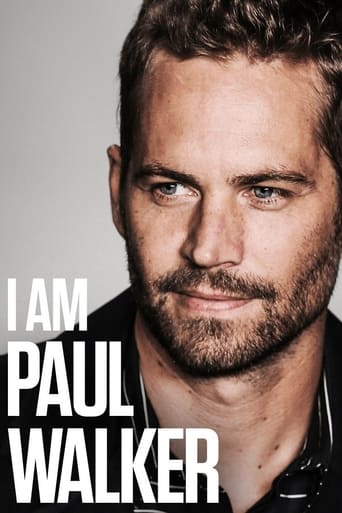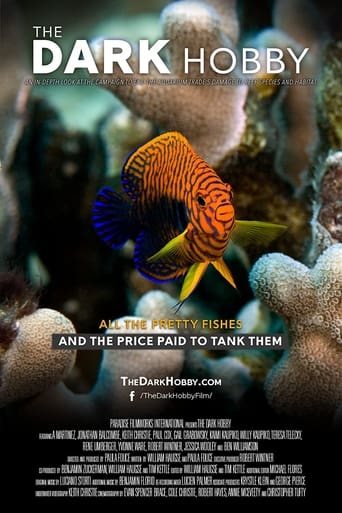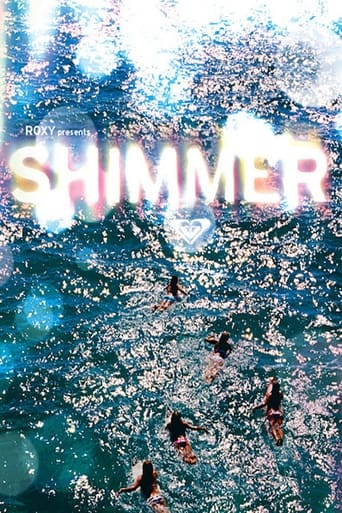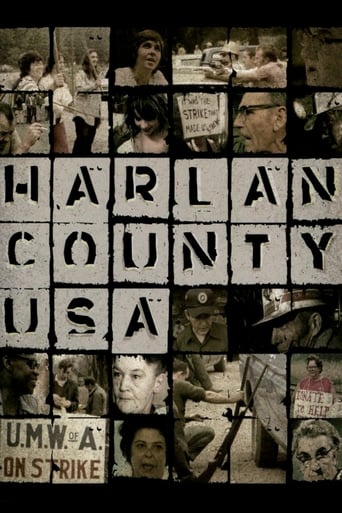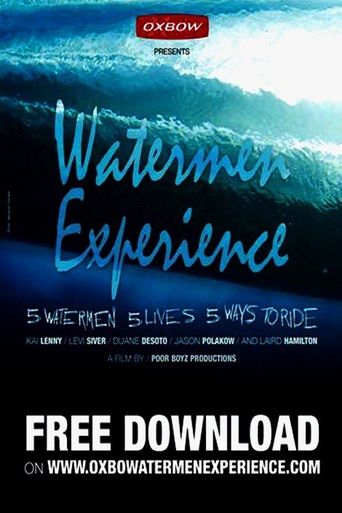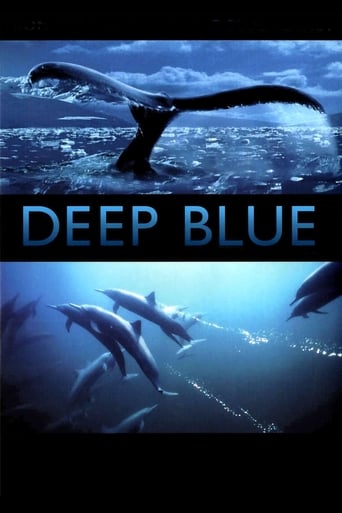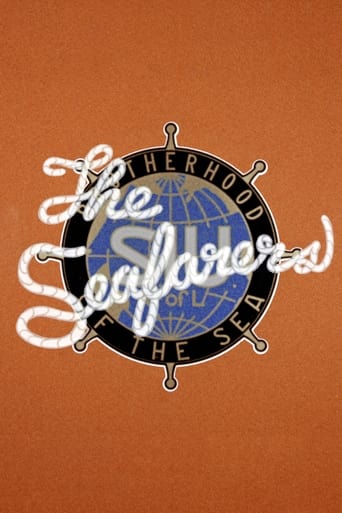
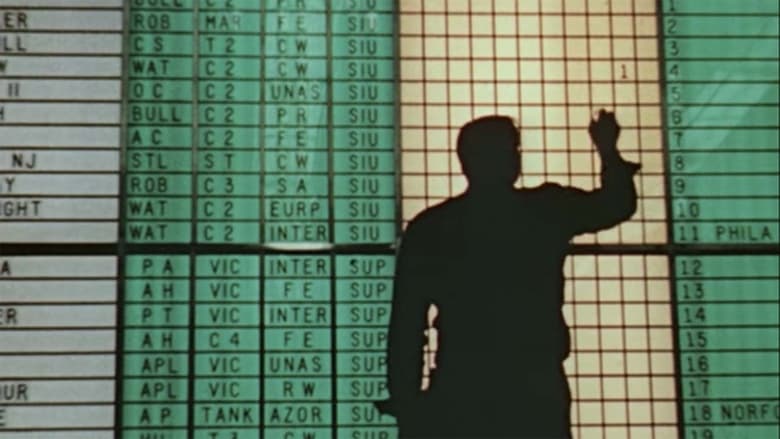
The Seafarers (1953)
Members of the American Federation of Labor, the Atlantic & Gulf Coast District of the Seafarers International Union commissioned budding filmmaker and magazine photographer Stanley Kubrick to direct this half-hour documentary. The director's first film in color, it is more of an industrial film than a documentary, it served as a promotional tool to recruit sailors to the union.
Watch Trailer
Cast
Similar titles
Reviews
This movie is the proof that the world is becoming a sick and dumb place
Please don't spend money on this.
There are women in the film, but none has anything you could call a personality.
It is not deep, but it is fun to watch. It does have a bit more of an edge to it than other similar films.
Very Kubrick in its mass of men making their movements with grand machinery in a quiet, meaningful way. You can see 2001 and Strangelove in it. But I like all those post-war shorts, so I'm already prejudiced (and I do love early Kubrick.)
This is one of Stanley Kubrick's very early directorial efforts and is really only worth watching to compare certain aspects to his later works. It's basically a promotional film for the seafarers' union and it depicts all the reasons why you really would like to join this close-knit community. For example the membership allows you to enter the different headquarters and play pool, cards or board-games with your fellow union members. It also plays the family card with a couple shots of the harmonic American family with children, one right before the end, so you see how ISU members won't have to worry about those they leave behind. All kinds of benefits (maternity etc.) make sure of that.I wonder, will they also make connections to girls for the single seafarers? I heard they have a different girl in every port waiting. Oh well, in any case, even if the seafarer's union still exists today, I wouldn't recommend this one to anybody except seafarers and Kubrick completionists. It even has some parts which could have served as fodder for MST3K without the big name attached to it.
While nowadays Stanley Kubrick is considered as one of the most influential and acclaimed filmmakers of all time, the career of this legendary director had its humble beginning in the documentary genre, specifically in the making of two newsreels for RKO Radio Pictures in 1951 when he was only 23 years old. At that age, Kubrick was already a full-time staff photographer for the "Look" magazine, but after making those two short films he quit his job and decided to become a full-time filmmaker. However, those two short films wouldn't be the only documentaries the master would direct in his lifetime, as in 1953 he had to return to the documentary genre after the commercial failure of his feature length debut, "Fear and Desire" in 1953. His third and last documentary would also be his first time working in color, and all in an infomercial for Seafarers International Union.Simply tittled, "The Seafarers", this short documentary is essentially an infomercial about the benefits that joining the Seafarers International Union can bring to mariners, fishermen and boatmen of the U.S. if they join it. Narrated by CBS reporter Don Hollenbeck, the film details the different activities a member can do while visiting the Union Halls that are spread around the country's coasts, as well as the many services they offer. From barbershops to restaurants, the film talks about the establishments that offer good discounts to those who join the Union. It also explores other important benefits, such as health care, insurance, and scholarships for the children of the seafarers. Finally, it also explains some of the rights and obligations of every member, as well as how is the Union organized and how their democratic processes work.Written by Will Chasen (quite possibly a member of the Union himself), the movie is a very complete and informative commercial about the Seafarers International Union, as in its barely 30 minutes of duration it manages to cover a wide arrange of topics of major interest for the film's intended audience. Clearly devised to convince sailors to join the Union, Chasen's script is written in a very persuasive way, highlighting the Union hall's commodities and the leisure activities that the members can do in order to give the organization the image of a fun place to be. While a bit typical of the era, Don Hollenbeck's effective narration adds power to the persuasive script, as he truly makes the Union sound like a club every worker should join thanks to his friendly, yet strong presence.In this his fourth movie as a director, Kubrick shows an enormous progression in his skills with the camera. An acknowledged follower of Max Ophüls' work (his movies inspired him to be a filmmaker), Kubrick once again shows in "The Seafarers" the enormous influence the German director had during the early years of his career, as the movie showcases scenes with very fluid and dynamic cinematography, pretty much in Ophüls' style. Also, considering it was his first movie in color, "The Seafarers" looks very, and Kubrick's creative experimentation with color can be seen in several scenes. As with the rest of his documentaries, the strength of the film is in the visual compositions the young photographer created, as Kubrick crafts a movie that supports Chasen's script efficiently and delivers the core message of the institution.Even when there is no doubt that this is a very interesting movie to watch for fans of Stanley Kubrick, other than its excellent craftsmanship there is not really anything truly remarkable about the movie. And as written above, this is not because the movie is bad, but mainly because while competently made, it's still nothing more than an infomercial that Kubrick made as a hired gun. Of course, there's a number of sparks of the brilliant talent the young filmmaker would show in his following films, but besides that this is still a very typical commercial film in the classic 50s style. Anyways, while the film certainly suffers from being made for a specific audience, it manages to transmit successfully Seafarers International's intended message of looking like an organization made by sailors and intended for sailors.It would be difficult to recommend "The Seafarers" to those uninterested in Stanley Kubrick's career, as due to the kind of film it its, it's probably of interest only for Kubrick aficionados (although maybe those interested in 50s infomercials will find it useful). It's kind of fun to watch the young filmmaker mastering his skills, as one can truly see how he developed the techniques that would make him a legend. While "The Seafarers" is not really one of the highlights of his career, one has to be thankful for it as this movie helped to pay his 1955 movie, "Killer's Kiss", film that would open Kubrick the door to bigger projects like his masterpieces "The Killing" and "Paths of Glory". Even when personally I think that "Day of the Fight" is the best of the three documentaries by Kubrick, "The Seafarers" is a good film by its own merits. 6/10
Even if the short documentary the Seafarers did not bare the name of the late-great Stanley Kubrick, the subject matter would not be totally lost on me. It's a union film, educating the viewer on what makes up the seafarers, the men who make up the jobs of the sea, shipping, manning the ships, etc, and all apart of a bond that is almost communal in a way. But that it is directed by Kubrick, and that it is his first film in color with him in practical total control, it's hard not to see his mark on the project. In fact, I would argue for those who have seen the film, or for those who might want to either as a fan of the filmmaker or if by some off-off handed chance with the subjects, that it contains the height of the twenty-something Kubrick's trademark styles. There is an assured hand in photographing these subjects, and this time around, unlike in Day of the Fight and Flying Padre, it is not really at all dramatized documentary film-making (i.e. there aren't the staged scenes), even if it is in its own way a king of long advertisement of sorts for them.But if one is to look just on the technical side of things, it can put a smile on the face of a Kubrick fan to see some of the early techniques on display. Examples I would include would be his tracking of the camera, this kind of panning across a room that one might find in the Shining or Paths of Glory, which is used in effect in showing the seafarers eating in the cafeteria. This puts his mark on the material right away though there are other shots before this with certain Kubrick-type compositions; a standard photographer might just gets individual shots, dissolve in the cuts, and make it shorter. But there's an attention to these people that the director/photographer here wants to get across, and it's also in the compositions, like certain close-ups of machines (big and small), and just shots of the people in the rooms and the panning across the skylines and ships that seems different somehow from how another eye-for-hire would do it.It's not to say that this is any kind of rewarding piece of art that should be screened alongside the director's other major works. It's made for a very specific purpose and audience, and is not made to reach into any specific character presented in it (the exception being the leader of the seafarers Don Holdenbeck). But through using the color film stock available, and having no one looking over his shoulder telling him how to do it, Kubrick's work here, much like a very good student film, calls out for what's possible ahead.


